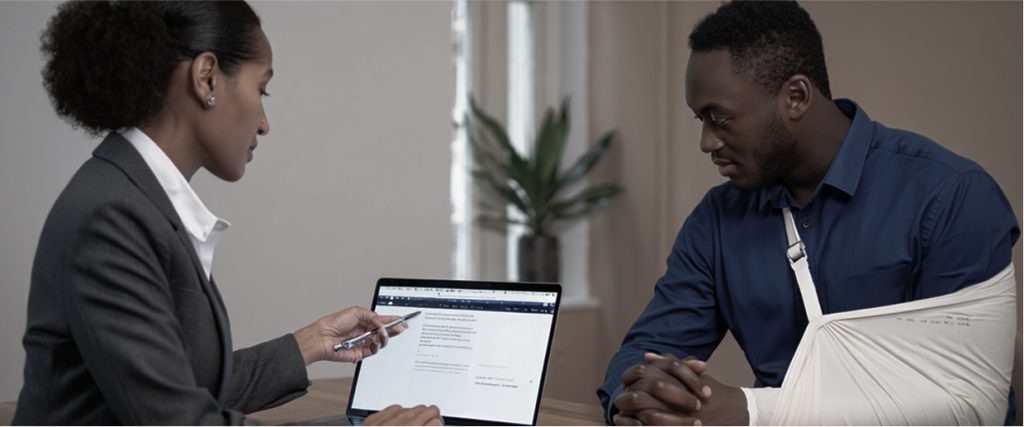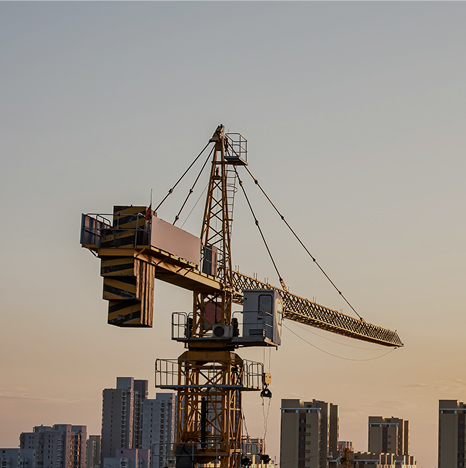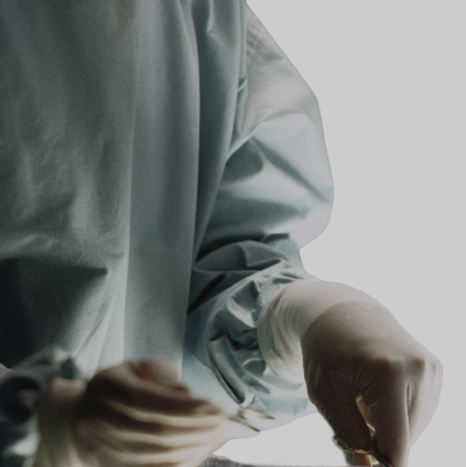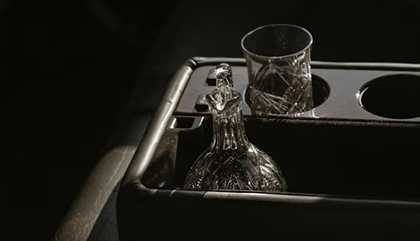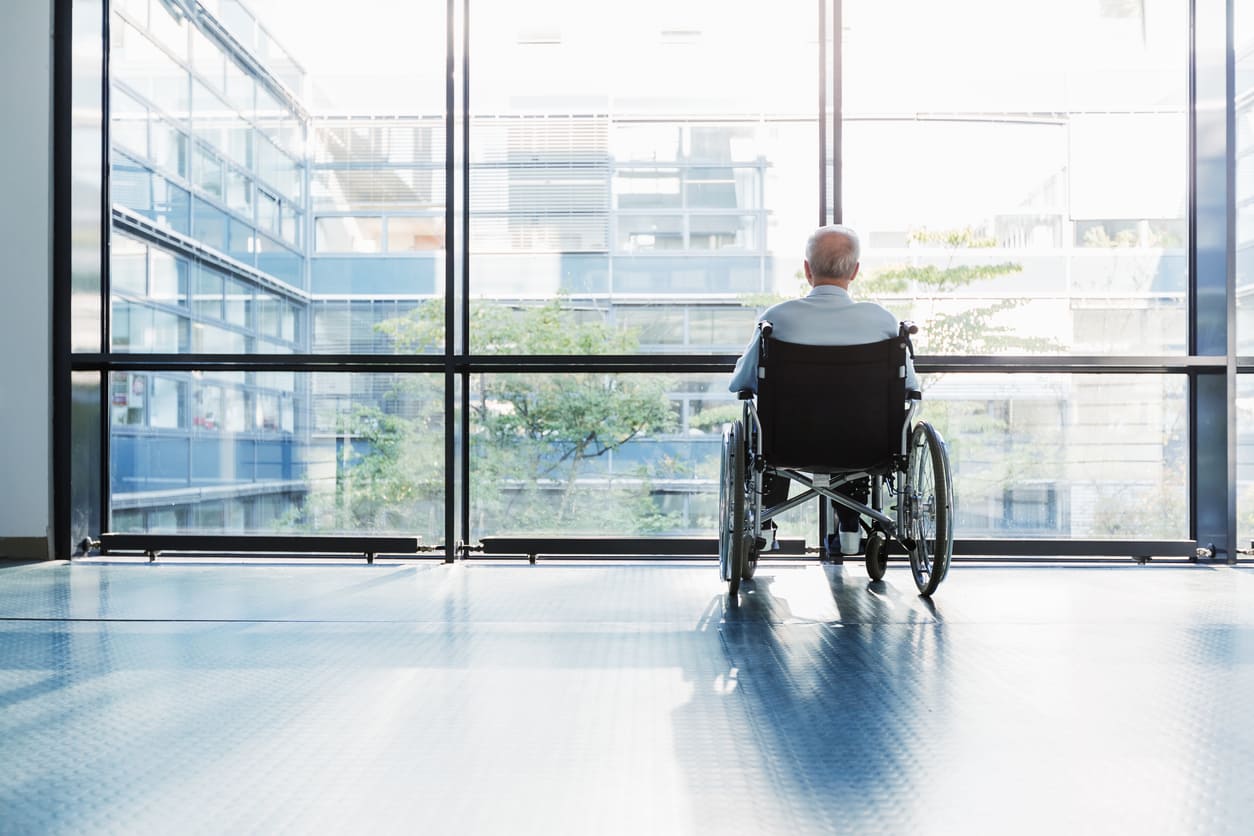Every year in the United States, thousands of women suffer significant injuries during childbirth, and hundreds die due to pregnancy and delivery complications. While the U.S. healthcare system often receives glowing commendations for the care and treatment of newborns, mothers, unfortunately, bear the brunt of maternity-related injuries and deaths. Despite the United States’ position as a world superpower with arguably the best quality of life of any country, the United States has the highest maternal mortality rate of any developed country.
The Boston labor and delivery injury attorneys at Sweeney Merrigan Law, LLP believe this is an unacceptable statistic. There are no circumstances under which the United States should have such a high maternal mortality rate. Our personal injury firm is committed to recovery for our clients and we work tirelessly to hold negligent healthcare professionals and hospitals accountable for the injuries and fatalities they cause due to ineffective or incompetent medical treatment.
Why Do I Need a Boston Delivery Injury Attorney?
The legal team at Sweeney Merrigan Law, LLP have headlined Massachusetts Lawyer’s Weekly as one of the state’s “Most Powerful” law firms. Our Boston labor injury lawyers remain fiercely dedicated to seeking justice for those who have suffered harm from negligent companies, healthcare providers, and private individuals. Labor and delivery injuries can take devastating tolls on affected families and we understand the severe ramifications these incidents can have for everyone involved. That is why we always strive for maximum compensation for our clients in every case. Our medical malpractice lawyers believe the best representation of the quality of our work shows through in the many recommendations made by our past clients.
The Problem of Labor and Delivery Injuries and Deaths in the United States
The main reason for the vast number of labor and delivery related injuries in the deaths in the U.S. is the neglect of health and safety standards. Failure to monitor a mother’s condition during labor and delivery can lead to blood pressure spikes, severe blood loss, infections, and a host of other possible conditions. From 1990 to 2015, the number of maternal injuries and deaths actually increased in the United States despite decreasing in virtually all other developed countries.
This trend coincides with the lowering rates of infant mortality in the United States. In fact, infant mortality has reached its lowest point in recorded history in the U.S. Several decades’ worth of medical research and advances have made fantastic strides in the care of premature infants and reducing the number of birth defects. However, this trend compared to the rising number of maternal deaths and injuries shows that many healthcare organizations are focusing on infants’ health and safety more than their mothers’. The amount spent in research and funding for medical programs also shows this bias; about 6% of Title V block grants go toward mothers’ health and well-being whereas about 78% goes toward special needs children and infants.
Most Common Causes of Pregnancy-Related Deaths in the U.S.
Most of the pregnancy-related deaths in the United States result from seven main causes, but a contributing factor in many of these cases is the failure to properly monitor patients. The most common causes of labor and delivery deaths in the U.S. include:
- Blood loss can easily turn fatal, especially if the presiding medical staff does not properly monitor a patient’s blood pressure and vital signs. Hemorrhaging leads to about 13% of all pregnancy-related deaths in the country each year.
- Cardiovascular complications. Heart problems contribute to another 13% of pregnancy-related deaths each year. These complications arise when physicians fail to take mothers’ preexisting medical conditions into account during labor and delivery or due to improper patient monitoring.
- This condition accounts for about 11% of pregnancy-related deaths. Cardiomyopathy is a condition in which the heart has difficulty pumping blood to the rest of the body and can lead to heart failure.
- Failure to sterilize surgical equipment and cross-contamination account for nearly 10% of pregnancy-related deaths in the U.S. Mothers who undergo cesarean section procedures are at a higher risk of developing infections due to the invasive nature of these surgeries.
- Air bubbles that travel through the bloodstream can cause an embolism, and this condition accounts for almost 10% of pregnancy-related deaths in the U.S.
- Mental health conditions, which account for about 9% of labor and delivery deaths.
- Preeclampsia and eclampsia. These conditions typically appear during the second half of a pregnancy, but it’s possible for a mother to develop them after giving birth as well. The main sign of these conditions is high blood pressure, but there may be no noticeable symptoms at first. Preeclampsia and eclampsia account for about 8% of all pregnancy-related deaths in the country each year.
One of the most troubling aspects of these conditions is that most are treatable and death is preventable with proper patient monitoring. Unfortunately, several factors including disproportionate funding allocations and American perceptions of infant healthcare means that many women do not receive the same level of care during labor and delivery as their babies. Professionals estimate that about 60% of pregnancy-related maternal deaths are preventable.
Preventing Labor and Delivery Deaths in Boston, MA
The California Maternal Quality Care Collaborative (CMQCC) developed a system to help curb the number of preeclampsia, eclampsia, and hemorrhaging-related deaths during labor and delivery. One of these toolkits is a “hemorrhaging cart” that includes medical supplies specifically for treating blood loss. Instead of estimating blood loss by sight, the new initiative trained nurses to collect and weigh postpartum blood to better gauge patients’ risk of hemorrhaging. Prior to these toolkits, simply “eyeballing” blood loss led to delayed treatment for many patients. After adopting this toolkit in many California hospitals, the CMQCC reported a 21% decrease in near-death events from postpartum bleeding.
The CMQCC also launched a preeclampsia toolkit in 2014 specifically designed to prevent preeclampsia and treat it quickly and effectively when discovered. This toolkit includes a blood pressure monitoring system and medications for treating high blood pressure and hypertension.
Massachusetts Maternal Death Statistics
Although maternal deaths and injuries are a nationwide concern, it’s important for parents and expectant mothers in Massachusetts to know the state’s record when it comes to labor and delivery issues. From 2012 to 2016, the death rate per 100,000 births was 8.4, ranking the state 46th out of 47 for labor and delivery deaths. However, the “harm rate” in 2015 was 147.3 per 100,000 for a ranking of 17 out of 47. While the risk of death from a labor or delivery complication is statistically lower in Massachusetts, there is still a significant risk of pregnancy-related injury.
How Can Sweeney Merrigan Law, LLP Help Me with Boston Delivery Injury Claims?
If you or a loved one experienced a labor or delivery-related death or injury, the Boston personal injury attorneys at Sweeney Merrigan Law, LLP want to hear your story and do everything possible to help you recover. One of the most common reasons for these injuries is a failure to monitor patients’ vital signs, and this is a clear violation of the standard of care for neonatal and postpartum care. If a healthcare professional failed in this duty, we can help you hold them accountable with a medical malpractice lawsuit. Contact the Boston labor and delivery injury attorneys today to learn more about your options.
Understanding Medical Malpractice Claims
A medical malpractice lawsuit is essentially a personal injury lawsuit against a medical professional such as a doctor, nurse, or surgeon. Similar to a personal injury case, a medical malpractice case requires a plaintiff to prove that the defendant was negligent, and his or her negligence directly resulted in harm to the plaintiff. While medical malpractice claims share many similarities with personal injury claims, there are a few noteworthy differences that potential plaintiffs should know.
First, the plaintiff must prove that an official doctor-patient relationship existed between the plaintiff and the defendant. This means the defendant agreed to treat the patient and the patient agreed to the defendant’s treatment. Next, the plaintiff must prove that the defendant failed to meet the standard of care for the plaintiff’s situation. In a medical malpractice claim for a labor or delivery injury or death, this may include failure to properly monitor the patient’s vital signs, failure to diagnose complicating factors in the delivery, or failure to administer timely treatment for issues like hemorrhaging, preeclampsia, or eclampsia.
Damages and Compensation in a Medical Malpractice Claim
A medical malpractice lawsuit for a labor or delivery injury or death is going to be a complex legal battle that involves extensive documentation and evidence and testimony from expert witnesses with relevant medical backgrounds. Plaintiffs who succeed with medical malpractice claims can secure several types of compensation, including:
- Medical expenses. The plaintiff can claim his or her medical expenses resulting from medical malpractice as economic damages in a lawsuit. These expenses may include hospital bills, ambulance fees, the costs of restorative or corrective procedures resulting from the defendant’s negligence, prescription costs, and any other costs associated with medical care.
- Lost income. If a labor or delivery injury causes a plaintiff to miss work, he or she may claim the wages lost during that time as economic damages. In the event a mother dies in childbirth due to medical malpractice, her surviving loved ones can file a wrongful death claim and potentially secure compensation for the lost future income she could have earned had she survived.
- Pain and suffering. It’s very likely for medical malpractice during labor or delivery to result in harm to an infant, the infant’s mother, or both. Plaintiffs can receive compensation for their non-economic losses including physical pain, emotional suffering, mental distress, and loss of consortium after the death of a loved one from medical malpractice.
It’s also possible for a defendant to face punitive damages as well. If the jury finds that a defendant’s behavior showed a reckless disregard for the safety of patients, or the doctor engaged in any unethical, illegal, or dangerous activity during the course of treating the plaintiff, the jury may award punitive damages to the plaintiff in addition to his or her other damages.
Medical malpractice claims are very complex and demand professional representation. If you or a loved one recently experienced any type of pregnancy-related injury or death during labor or delivery, contact Sweeney Merrigan Law, LLP today at (774)-235-6723 to schedule a free consultation with one of our Boston labor and delivery injury attorneys. We will review the details of your claim and help you determine whether your doctor failed to meet the standard of care for your pregnancy.


